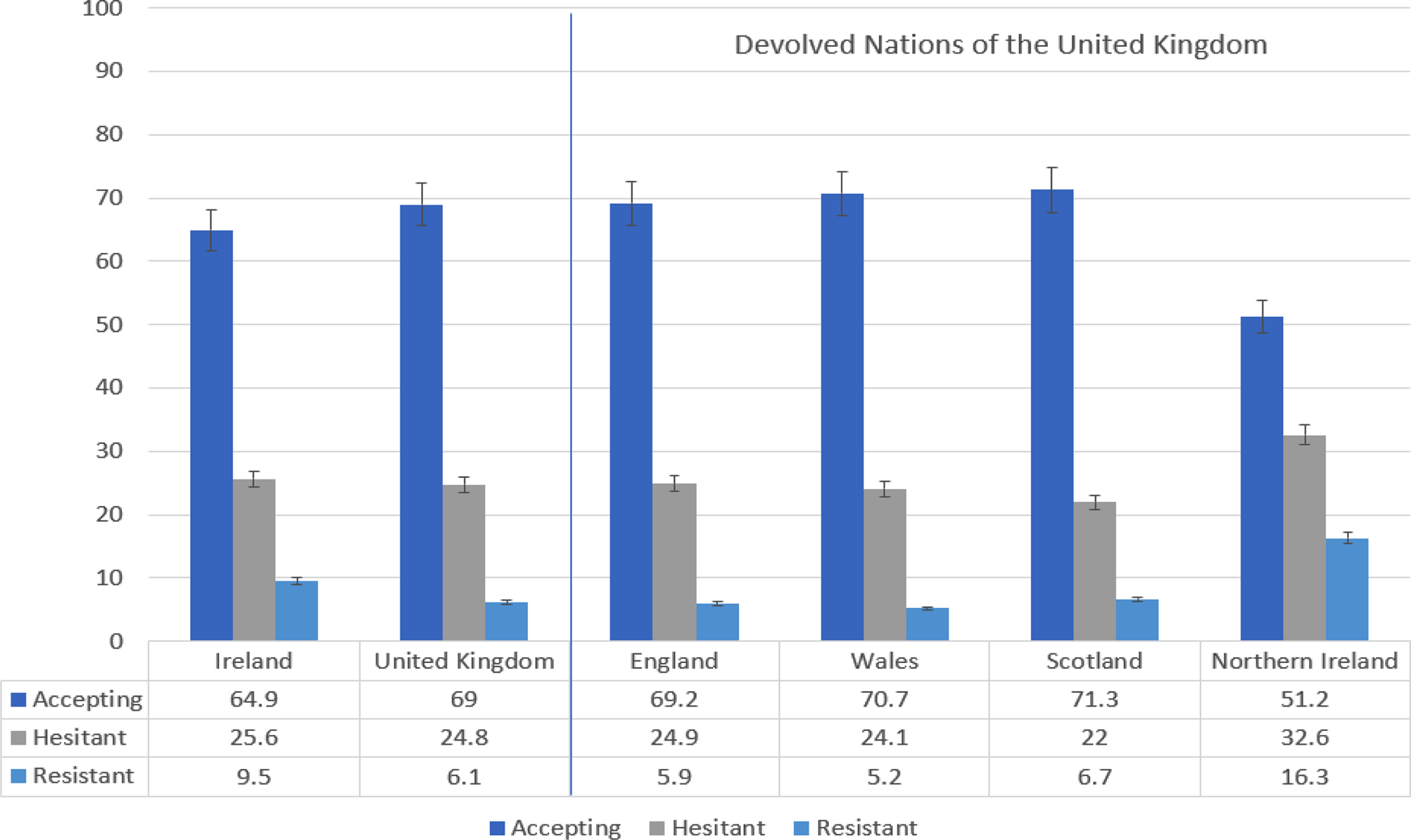Mass vaccination campaigns have begun to aid in the control of the disease, but with variants of concern on the rise, concerns for the elderly and immunocompromised have returned. In the United States and the United Kingdom, stagnant vaccination rates exacerbate these concerns. Experts believe that this is due to an increase in vaccine hesitancy caused by misinformation, private online groups, and the actions of certain public figures.The University of Munich investigated how framing vaccine side effects affects an individual’s willingness to be vaccinated. While the article is being peer reviewed, a preprint version of the group’s study is available on the medRxiv* server.
BackgroundVaccines are traditionally made from inactivated/attenuated forms of the virus, which allow the immune system to recognise viral surface proteins with little risk. Assume, however, that the inactivated virus reactivates or that an attenuated strain acquires new traits via horizontal gene transfer. In that case, the virus could resurface as a threat. This problem is avoided by mRNA vaccines, which use the host’s cell machinery to transcribe an mRNA strand encoding a viral surface protein.

This is usually the receptor-binding domain (RBD) of the spike protein S1 subunit in the case of severe acute respiratory syndrome coronavirus 2 (SARS-CoV-2). Because the spike protein is responsible for a large portion of SARS-CoV-2 pathogenicity, this is the most common target. The RBD binds to angiotensin-converting enzyme 2 (ACE2) to allow viral cell entry, and the S2 subunit’s N-terminal domain is in charge of cell fusion.
Vaccine apprehension can result from a variety of factors. Recent research has found a perceived low risk of COVID-19 infection, concerns about how quickly the vaccine was developed, and antagonistic reactions to perceived overreaching government authority. One common finding revealed that vaccine hesitancy was fueled in many people by the media’s extensive coverage of vaccine side effects in April and May 2021, when the first vaccines were distributed. The researchers discovered that how these side effects were presented could have a significant impact on their perception. For example, showing infographics, using descriptive labels such as’very low/high risk’ using percentages or frequencies, and even comparing risks to more commonly understood examples, such as comparing the risk of vaccine side effects to the risk of car accidents.
To investigate their theories, the researchers gathered nearly 9000 people. Adding a descriptive label next to the numerical risk was one of the most simple and yet effective strategies – a’very low risk’ label increased an individual’s intention to vaccinate by 3.0 percentage points.
Two different methods were used to compare the risks of side effects to more commonly understood risks: comparing the risk of side effects to the risk of COVID-19 mortality and comparing the risk of side effects to the risk of car crash mortality. Both had a significant impact on vaccine hesitancy, but the car crash comparison was more effective. This could be due to a better understanding of the risk or a belief that the COVID-19 pandemic is less serious than it is.
The third strategy used by the researchers, framing these comparisons in relative rather than absolute terms, had no effect on an individual’s willingness to be vaccinated.
Furthermore, the researchers discovered that the two effects that worked could also work synergistically, indicating a much higher likelihood of reducing vaccine hesitancy when used concurrently.ConclusionThe authors emphasise the importance of their study in identifying effects that could help reduce COVID-19 vaccine hesitancy at a critical point in the pandemic. Although a large portion of the population is immunised, worrying variants such as the Delta strain are increasingly able to evade this immunity.
Assume the disease can incubate in unvaccinated people long enough for a variant to emerge that can completely evade vaccine-induced immunity. In that case, it is possible that many restrictions will be reinstated.
The researchers identified several easily implementable, scalable, and low-cost strategies that can help reduce vaccine hesitancy rates and have a meaningful impact on vaccine hesitancy at the population level.*Important RemindermedRxiv publishes preliminary scientific reports that have not been peer-reviewed and should not be regarded as conclusive, should not be used to guide clinical practice/health-related behaviour, and should not be treated as established information.
________
Covid | Don’t forget to follow us on Twitter @njtimesofficial. To get the latest updates






